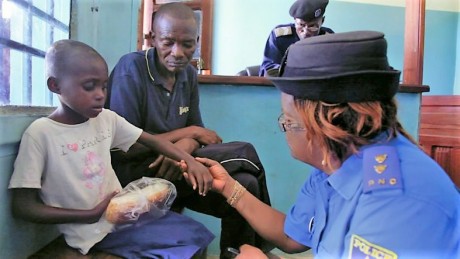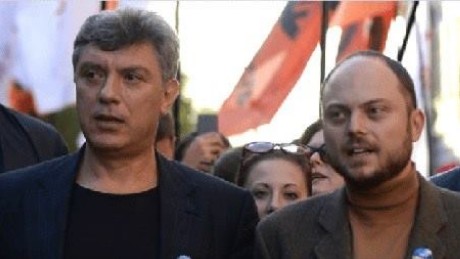


Awards at ZagrebDox
Finally I get the chance to bring to you a still from one of my favourite scenes in ”The Other Side of Everything” by Mila Turajlic: Srbijanka Turajlic, the mother of the director and the protagonist, is polishing the silver in the flat, where it all takes place. It warms my heart that the Serbian film, winner of main award at IDFA, yesterday got three (!) awards at ZagrebDox: Best film in regional competition, the Fipresci Award and the Audience Award + eight screenings at the festival. Let me give you the motivation texts from the two first ones, two different ways to approach the film it is:
A film that fluently brings together a narrative of extreme opposites, combining the ordinary and the epic. Intimate scenes of a mother-daughter relationship play out against the backdrop of a turbulent history, in a country that continues to change. We have admired the clear structure of a complex narrative, as well as the sensibility to capture great documentary moments…
And the second one: An honourable woman who doesn’t think she needs to be honoured. An apartment that was never intended to be an apartment but has existed like that for over seventy years. Pragmatism that became a passion upon the political stage. The film manages not only to unite, but to reveal and even harmonise…
The Grand Jury Award for Best film in international competition went to – no surprise – Talal Derki for his ”Of Fathers and Sons”, that was also given the ”Movies that Matter Award”. The first lines of my review when I watched it the first time went like this:
It stands out. I can not avoid superlatives. And I can not express in words, in a language that is not mine, how I feel after having seen Talal Derki’s new film. Or how I felt while watching it. It is a film that hurts and makes you depressed, sad is too weak a word; it goes to the heart and to the stomach; two boys and a father who loses a foot – it’s all destined by the prophet, he says – the upbringing to Jihad, to kill the enemy,..
Both films are on my list of Best Films 2017 as are those which were given Best film of a young author up to 35 years of age, Polish Marta Prus ”Over the Limit” and the ”My Generation Award” that went to ”Human Flow” – the ”My” refers to that this award is given by the founder and director of ZagrebDox, Nenad Puhovski, who motivates the award like this:
(The film) is not only a monumental portrayal of one of the major crises of our times, but also a dramatic yet personal extension of Ai Weiwei’s exceptional artistic work, and, last but surely not least, also a significant contribution to activities in the field of promotion of human rights.
Many more awards and special mentions, see link below:
Links to The Other Side of Everything
http://www.filmkommentaren.dk/blog/blogpost/4096/
http://www.filmkommentaren.dk/blog/blogpost/4090/
Link to Of Fathers and Sons
http://www.filmkommentaren.dk/blog/blogpost/4094/
Link to Best Documentaries of 2017
http://www.filmkommentaren.dk/blog/blogpost/4121/
Link to full list of awards at ZagrebDox
http://zagrebdox.net/en/2018/news/14th_zagrebdox_awards


